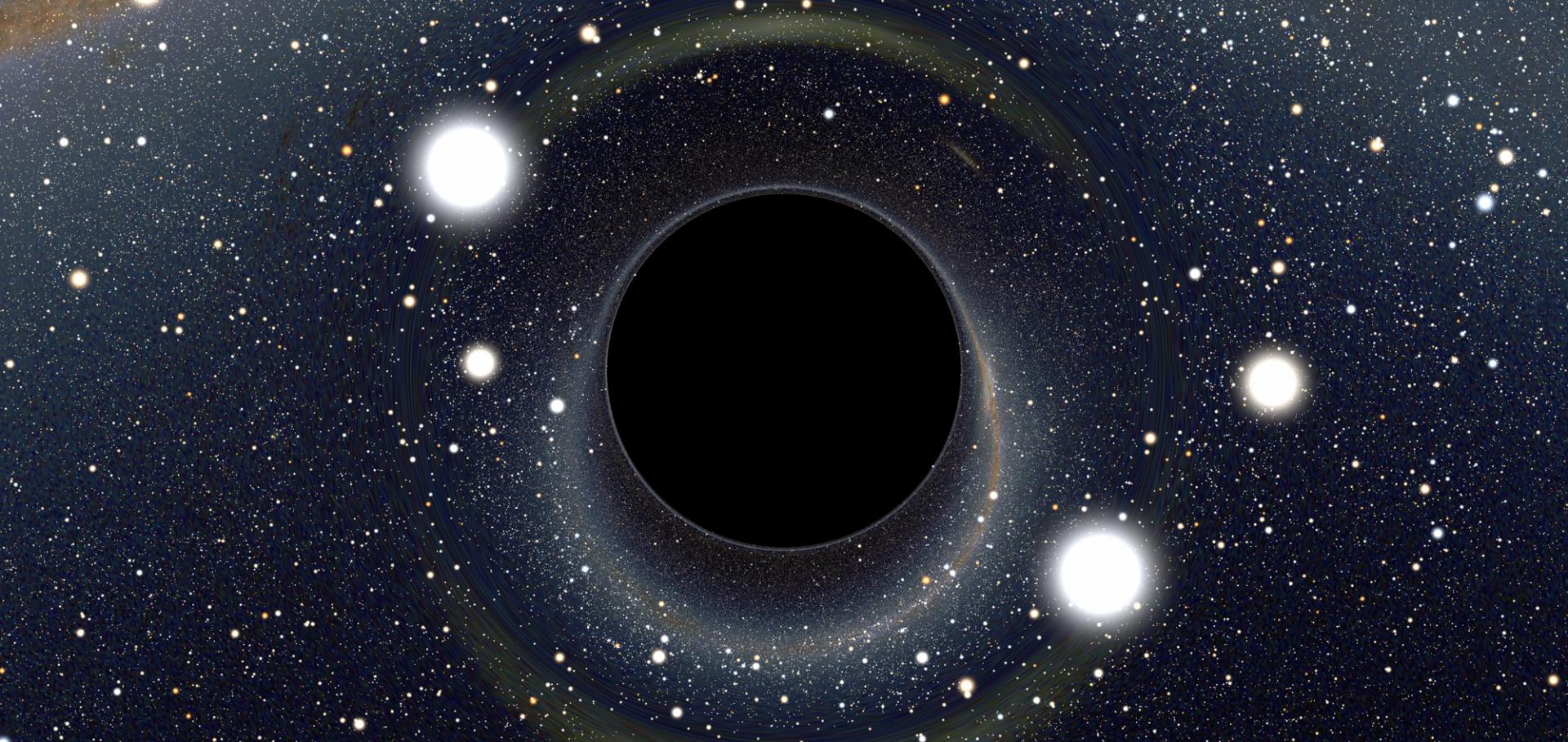Galaxy Zoo Supernovae
ArXiv 1011.2199 (2010)
Abstract:
This paper presents the first results from a new citizen science project: Galaxy Zoo Supernovae. This proof of concept project uses members of the public to identify supernova candidates from the latest generation of wide-field imaging transient surveys. We describe the Galaxy Zoo Supernovae operations and scoring model, and demonstrate the effectiveness of this novel method using imaging data and transients from the Palomar Transient Factory (PTF). We examine the results collected over the period April-July 2010, during which nearly 14,000 supernova candidates from PTF were classified by more than 2,500 individuals within a few hours of data collection. We compare the transients selected by the citizen scientists to those identified by experienced PTF scanners, and find the agreement to be remarkable - Galaxy Zoo Supernovae performs comparably to the PTF scanners, and identified as transients 93% of the ~130 spectroscopically confirmed SNe that PTF located during the trial period (with no false positive identifications). Further analysis shows that only a small fraction of the lowest signal-to-noise SN detections (r > 19.5) are given low scores: Galaxy Zoo Supernovae correctly identifies all SNe with > 8{\sigma} detections in the PTF imaging data. The Galaxy Zoo Supernovae project has direct applicability to future transient searches such as the Large Synoptic Survey Telescope, by both rapidly identifying candidate transient events, and via the training and improvement of existing machine classifier algorithms.The Sudden Death of the Nearest Quasar
ArXiv 1011.0427 (2010)
Abstract:
Galaxy formation is significantly modulated by energy output from supermassive black holes at the centers of galaxies which grow in highly efficient luminous quasar phases. The timescale on which black holes transition into and out of such phases is, however, unknown. We present the first measurement of the shutdown timescale for an individual quasar using X-ray observations of the nearby galaxy IC 2497, which hosted a luminous quasar no more than 70,000 years ago that is still seen as a light echo in `Hanny's Voorwerp', but whose present-day radiative output is lower by at least 2 and more likely by over 4 orders of magnitude. This extremely rapid shutdown provides new insights into the physics of accretion in supermassive black holes, and may signal a transition of the accretion disk to a radiatively inefficient state.Galaxy Zoo 1 : Data Release of Morphological Classifications for nearly 900,000 galaxies
ArXiv 1007.3265 (2010)
Abstract:
Morphology is a powerful indicator of a galaxy's dynamical and merger history. It is strongly correlated with many physical parameters, including mass, star formation history and the distribution of mass. The Galaxy Zoo project collected simple morphological classifications of nearly 900,000 galaxies drawn from the Sloan Digital Sky Survey, contributed by hundreds of thousands of volunteers. This large number of classifications allows us to exclude classifier error, and measure the influence of subtle biases inherent in morphological classification. This paper presents the data collected by the project, alongside measures of classification accuracy and bias. The data are now publicly available and full catalogues can be downloaded in electronic format from http://data.galaxyzoo.org.Galaxy Zoo: Bars in Disk Galaxies
ArXiv 1003.0449 (2010)
Abstract:
We present first results from Galaxy Zoo 2, the second phase of the highly successful Galaxy Zoo project (www.galaxyzoo.org). Using a volume-limited sample of 13665 disk galaxies (0.01< z < 0.06 and M_r<-19.38), we study the fraction of galaxies with bars as a function of global galaxy properties like colour, luminosity and bulge prominence. Overall, 29.4+/-0.5% of galaxies in our sample have a bar, in excellent agreement with previous visually classified samples of galaxies (although this overall fraction is lower than measured by automated bar-finding methods). We see a clear increase in the bar fraction with redder (g-r) colours, decreased luminosity and in galaxies with more prominent bulges, to the extent that over half of the red, bulge-dominated, disk galaxies in our sample possess a bar. We see evidence for a colour bi-modality for our sample of disk galaxies, with a "red sequence" that is both bulge and bar-dominated, and a "blue cloud" which has little, or no, evidence for a (classical) bulge or bar. These results are consistent with similar trends for barred galaxies seen recently both locally and at higher redshift, and with early studies using the RC3. We discuss these results in the context of internal (secular) galaxy evolution scenarios and the possible links to the formation of bars and bulges in disk galaxies.Black hole growth and host galaxy morphology
ArXiv 1002.1488 (2010)



